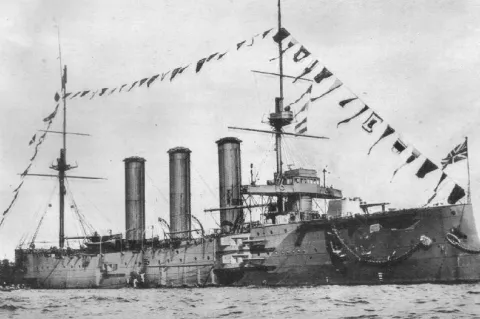The ship that tried to warn the Titanic has been found
The British merchant steamship SS Mesaba sent a warning radio message to the Titanic on April 15, 1912 while crossing the Atlantic. The message was received by the Titanic – which was advertised as unsinkable – but did not reach the main control centre of the vessel.
Later that night, the supposedly unsinkable Titanic hit an iceberg and sank on her maiden voyage, taking 1,500 lives and becoming the world’s most infamous shipwreck.













